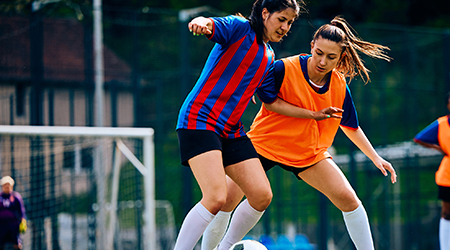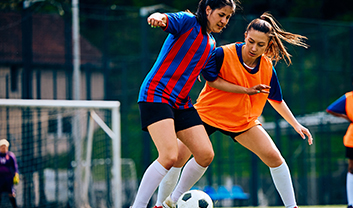
ACL tears can be a devastating injury for athletes and active individuals, often requiring extensive surgery and rehabilitation. A groundbreaking treatment called the Bridge-Enhanced ACL Repair (BEAR) procedure is transforming the way we approach ACL repair. Approximately 300,000 ACL surgeries are performed annually in the United States. This innovative method offers a promising alternative to traditional ACL reconstruction, emphasizing natural healing and potentially faster recovery times.
The Science Behind the BEAR Procedure
The BEAR procedure is a revolutionary approach to treating ACL tears that encourages the body’s natural healing processes. The procedure involves the use of a special protein-enriched sponge to bridge the torn ACL ends. This sponge is then injected with the patient’s blood, creating a conducive environment for the ligament to heal itself.
Benefits of the BEAR Procedure
- Preservation of Native Tissue: Unlike traditional ACL reconstruction, BEAR preserves the original ligament, promoting natural healing.
- No Need for Grafts: Eliminates the complications associated with harvesting grafts, such as donor site pain or weakness.
- Improved Knee Stability: Early studies suggest better long-term knee stability compared to traditional methods.1
- Potential Reduction in Osteoarthritis Risk: May lower the chances of developing post-traumatic osteoarthritis.2
- Less Invasive: Offers a less invasive alternative to traditional ACL reconstruction, especially beneficial for younger patients.
Is the BEAR Procedure Right for You?
The BEAR procedure is suitable for patients with a complete ACL tear who are looking for an alternative to traditional surgery. It is particularly beneficial for younger, active individuals who are keen on returning to their pre-injury levels of activity. However, not all ACL injuries are suitable for this treatment, so it’s important to consult with a specialist to determine if the BEAR procedure is the right option.
Recovery and Rehabilitation
Recovery from the BEAR procedure involves a structured rehabilitation program that focuses on gradually restoring strength and mobility to the knee. Patients typically start with gentle range-of-motion exercises, progressing to more intense physical therapy as healing occurs. Full recovery can take several months, but many patients report a faster return to their usual activities compared to traditional ACL reconstruction.
The BEAR procedure represents a significant advancement in the treatment of ACL tears, offering a less invasive option with promising outcomes. If you or a loved one has experienced an ACL injury, contact Dr. Kai Mithoefer today to schedule a consultation and find out if the BEAR procedure is right for you.
AUTHOR: Dr. Kai Mithoefer is board-certified in both Orthopedic Surgery and Orthopedic sports medicine specialist. Dr. Mithoefer is an internationally recognized specialist for complex shoulder and knee injuries with over 15 years of experience with the treatment of sports-related injuries. Dr. Mithoefer practices at Boston Bone and Joint Institute and has published more than 100 scientific articles and book chapters and is a frequent speaker at national and international orthopedic meetings.
Reference:
1. https://pubmed.ncbi.nlm.nih.gov/30923725/
2. https://pubmed.ncbi.nlm.nih.gov/23857883/











